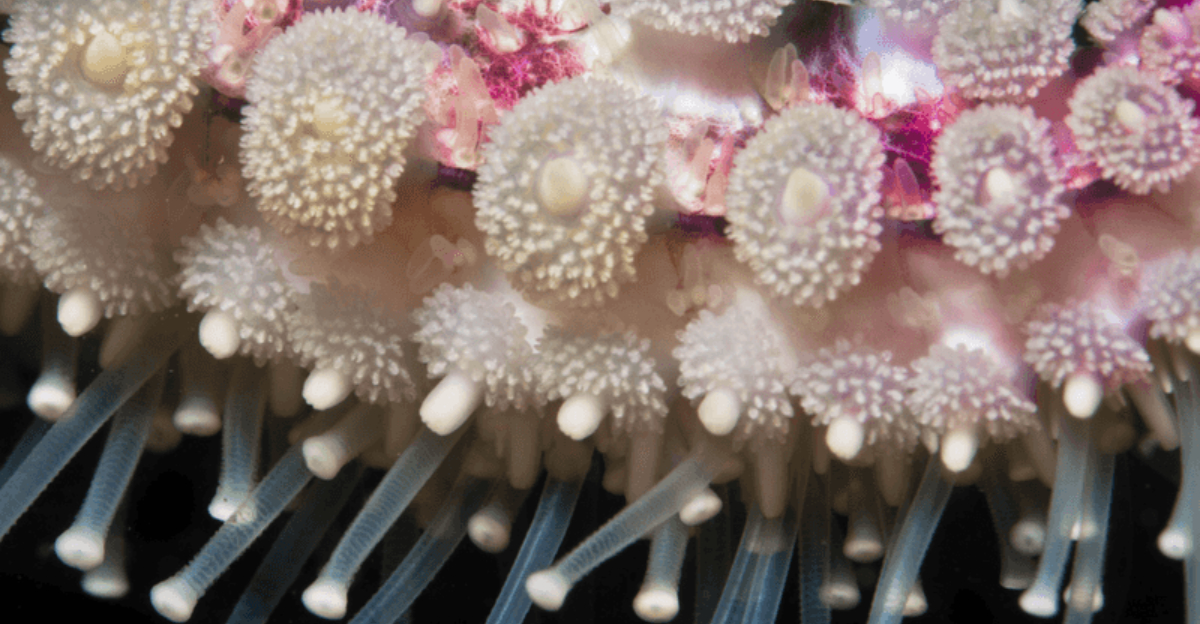Have you ever wondered what the hidden world of animals looks like under the microscope? This intriguing perspective unveils the intricate and often surreal details of creatures too small for the naked eye.
From the delicate wings of insects to the translucent beauty of marine life, each image tells a story of complexity and wonder.
So, let’s explore these stunning images of animals under the microscope, each revealing a unique facet of life at a scale that defies imagination.
1. Butterfly Wing
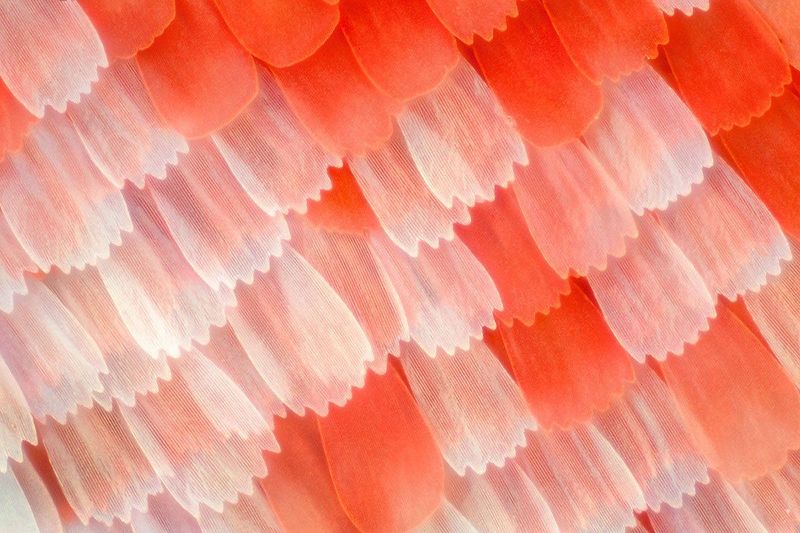
The butterfly wing, when viewed under a microscope, unveils a mesmerizing tapestry of colors and patterns.
Each scale contributes to a kaleidoscope effect that dazzles the eye. The vibrant hues aren’t just for show; they play crucial roles in camouflage, mating, and even temperature regulation.
Delving deeper, one might notice how the scales overlap like shingles on a roof, providing both beauty and protection.
This dynamic arrangement enables butterflies to flutter gracefully while maintaining structural integrity.
These microscopic details further reveal structural coloration, a phenomenon where tiny structures interfere with light to produce vivid colors.
This isn’t mere pigmentation but a sophisticated play of physics. As you marvel at these details, consider how such a small creature can embody a blend of art and science, leaving us in awe of nature’s intricate designs.
2. Ant Leg
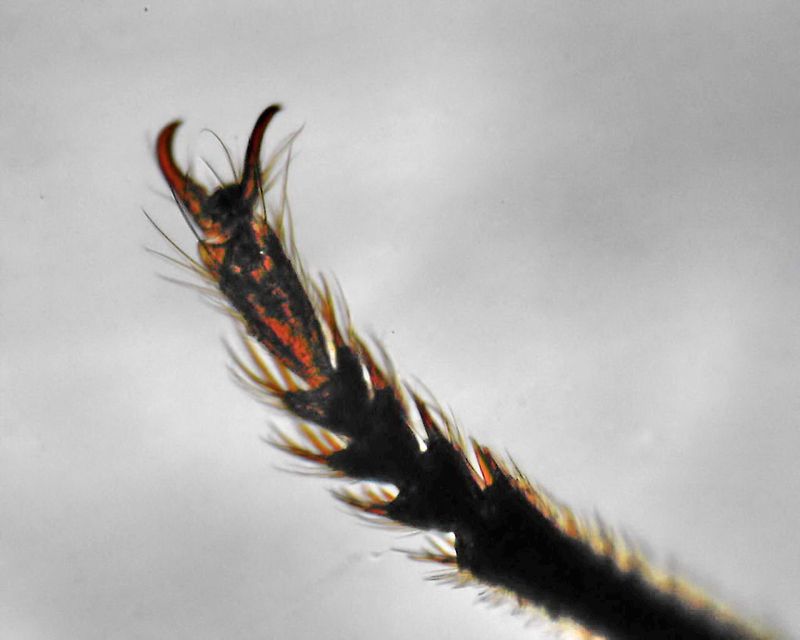
Under the scrutiny of a microscope, an ant’s leg transforms into an engineering marvel. Each segment is connected with precise hinges, allowing flexibility and strength, vital for the ant’s industrious lifestyle.
The microscopic world reveals the leg’s secret: tiny muscles and joints working harmoniously to navigate complex terrains. The leg’s surface is dotted with hair-like structures known as setae.
These setae enhance the ant’s sensitivity to its surroundings, enabling it to detect vibrations and chemical signals. It’s a sensory system that rivals modern technology, all packed within a minuscule form.
At the tip of the leg, the claws are not just for show; they are tools of survival. These claws provide grip on various surfaces, from smooth leaves to rugged soil.
3. Honeybee Eye
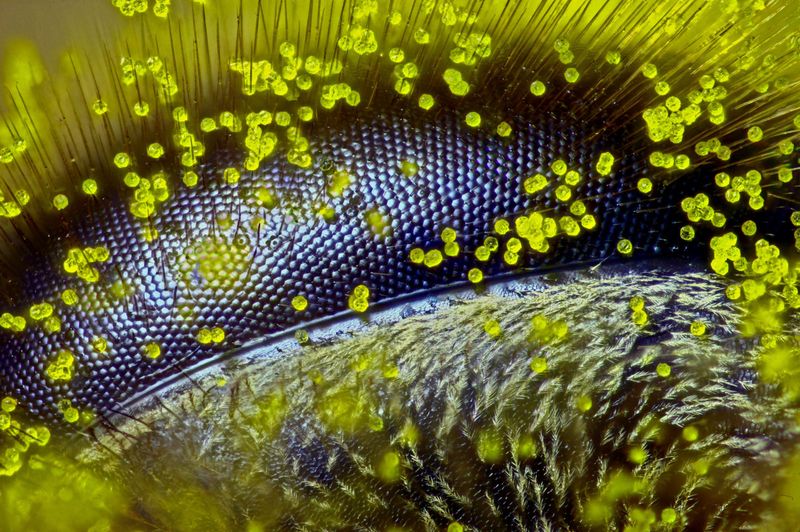
The honeybee’s eye, when magnified, is a testament to nature’s optical wizardry. Comprised of thousands of tiny lenses, or ommatidia, the compound eye allows bees to perceive their environment with remarkable precision.
This multifaceted vision enables them to detect movement and navigate their world with ease. Each lens captures a fragment of the scene, and the brain stitches these fragments into a coherent image.
It’s a visual system that excels in detecting motion, crucial for survival and efficiency in foraging. The iridescent sheen of the eye adds a touch of beauty to its functionality.
Beyond aesthetics, the compound eye reflects evolutionary adaptation. Its ability to pick up polarized light aids in navigation, especially on cloudy days when the sun is obscured.
This microscopic gaze into the bee’s eye reveals a world designed for thriving, a blend of art and utility that supports the bustling life of the hive.
4. Mosquito Proboscis
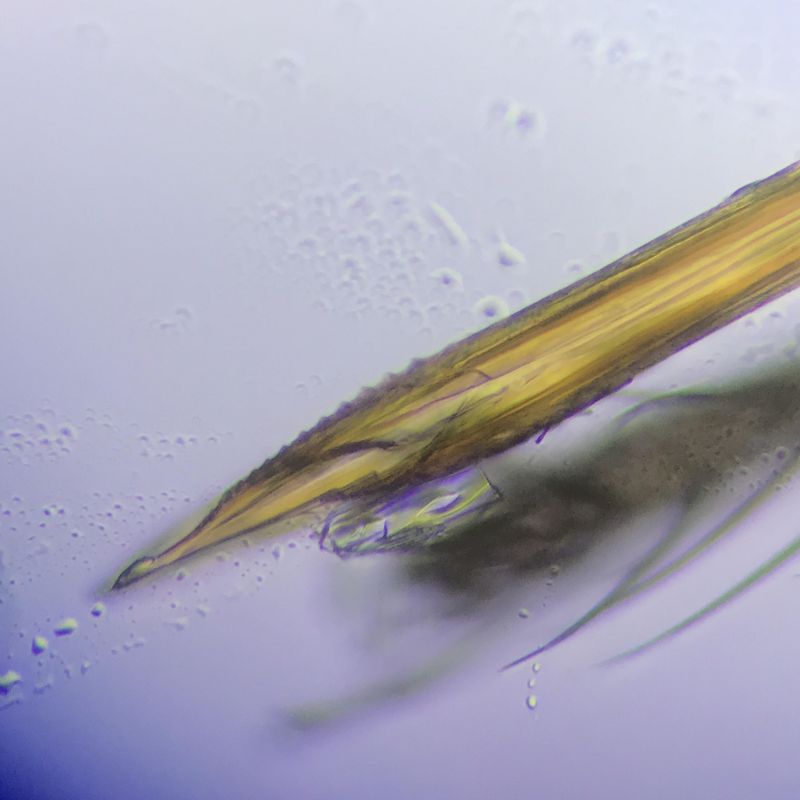
Examining a mosquito’s proboscis under a microscope unveils a complex tool of precision and purpose. This needle-like structure is not a singular tube but a sophisticated dual-tube system.
One tube injects saliva containing anticoagulants, while the other draws blood, a process honed by millions of years of evolution.
The proboscis is adorned with sensory palps that guide it to blood vessels with uncanny accuracy. These palps are sensitive to chemical cues, aiding the mosquito in locating its next meal. It’s a natural marvel of design, optimized for efficiency in feeding.
The intricate textures of the proboscis, visible under magnification, reveal layers of evolutionary adaptation.
Its ability to pierce skin with minimal detection highlights its stealth, a combination of anatomy and behavior that has made mosquitoes some of the most successful insects on the planet.
5. Starfish Tube Feet
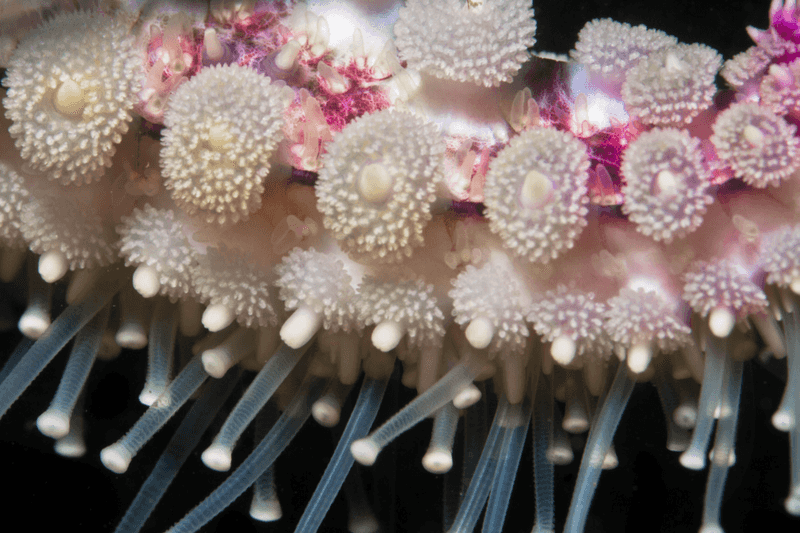
Starfish tube feet, under microscopic examination, reveal a fascinating aspect of marine locomotion. These tiny appendages, equipped with suction-cup tips, allow the starfish to adhere to surfaces and navigate the ocean floor with agility.
The tube feet operate through a water vascular system, a hydraulic network that controls movement. The functionality of these feet is a marvel of simplicity and effectiveness.
By adjusting water pressure within the tubes, starfish can extend or retract their feet, enabling them to grasp prey or escape predators.
This method of locomotion showcases an elegant solution to life in the sea. Delving into the microscopic details, one can observe the intricate design that combines form and function.
The tube feet’s ability to regenerate if damaged adds another layer of resilience. This glimpse into the starfish’s world underlines the complexity and adaptability of marine life, offering a new perspective on a seemingly simple creature.

